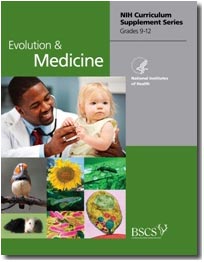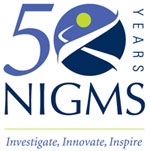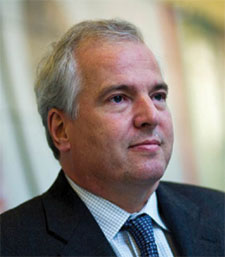Our interest in quantitative and systems pharmacology (QSP) began in 2007 as a question about why we were seeing so little integration between two fields we fund: systems biology and pharmacology. We recognized that connecting them could improve our understanding of drug action and speed drug discovery and development while also increasing our scientific understanding of biology.
To examine the potential of quantitative, systems approaches to pharmacology research, we sponsored two workshops in this area, one in 2008 and the other in 2010. After the second meeting, a committee of external scientists who were also workshop participants began drafting a white paper to assess the state of the science and enumerate the opportunities, needs and challenges for QSP as an emerging discipline.
The committee recently issued the white paper.
The paper makes the case that this post-genomic era is the right time to develop and employ quantitative, systems approaches to understand drug action more predictively, and that the need and excitement for doing so is building. Already we are starting to see evidence of this field emerging—the University of California, San Francisco, has started a Center for Quantitative Pharmacology  , and Harvard Medical School just announced an Initiative in Systems Pharmacology. Also, the American Association of Pharmaceutical Sciences annual meeting
, and Harvard Medical School just announced an Initiative in Systems Pharmacology. Also, the American Association of Pharmaceutical Sciences annual meeting  this month will include a session called, “Achieving the Quantitative and Systems Pharmacology Vision.”
this month will include a session called, “Achieving the Quantitative and Systems Pharmacology Vision.”
The overall recommendation of the workshop committee is for pharmacology to move beyond characterizing drug/target interactions to a holistic quantitative understanding of drug action across many levels—from drug-receptor interactions to drug response in humans. As stated in the paper, this will require the participation of scientists from academia and industry who work in diverse areas, including traditional pharmacology, clinical pharmacology, pharmacodynamics/pharmacokinetic modeling, systems biology, chemistry, bioinformatics, multiscale modeling and computer science. Training new and established investigators also will be a critical element.
We encourage you to read the paper and let us know what you think about its recommendations for research and training in QSP.


 With NIGMS support through a Recovery Act grant, the American Society for Cell Biology has established
With NIGMS support through a Recovery Act grant, the American Society for Cell Biology has established  . The resource is a freely accessible, easy-to-search, public repository of reviewed and annotated images, videos and animations of cells.
. The resource is a freely accessible, easy-to-search, public repository of reviewed and annotated images, videos and animations of cells.


 NIH Director Francis Collins today announced his selection of Chris A. Kaiser as the new director of NIGMS. Dr. Kaiser expects to begin his appointment here in the spring of 2012. We are delighted by this news, and we appreciate the efforts of the NIH search committee in identifying and vetting candidates for the position.
NIH Director Francis Collins today announced his selection of Chris A. Kaiser as the new director of NIGMS. Dr. Kaiser expects to begin his appointment here in the spring of 2012. We are delighted by this news, and we appreciate the efforts of the NIH search committee in identifying and vetting candidates for the position.